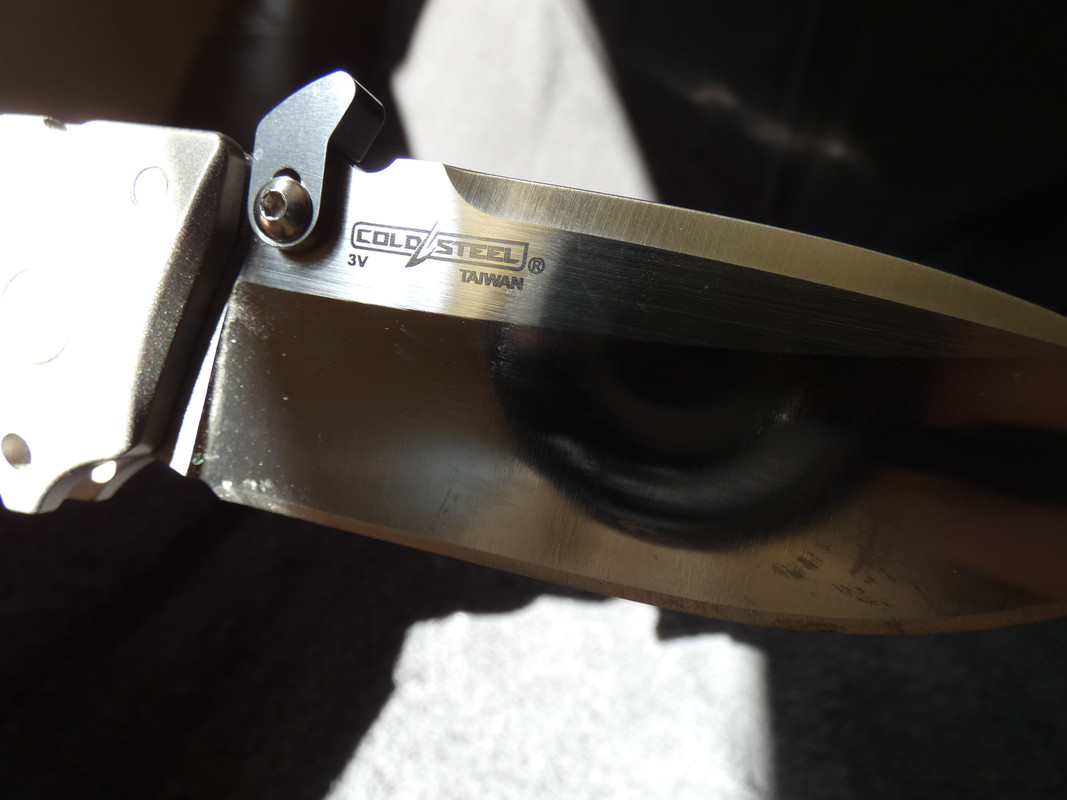DocJD
Basic Member
- Joined
- Jan 29, 2016
- Messages
- 12,173
No it didn't ! Where the video did you see that happen ?Spyderco Manix 2 Salt which fails
You seeing a different video somehow or what ?
Is this the Twilight Zone ?
Watch again sober please . start 7:30min. Manix 2 Salt is first one tested . Hits it three times . No unlock . Test done with a passing grade !


